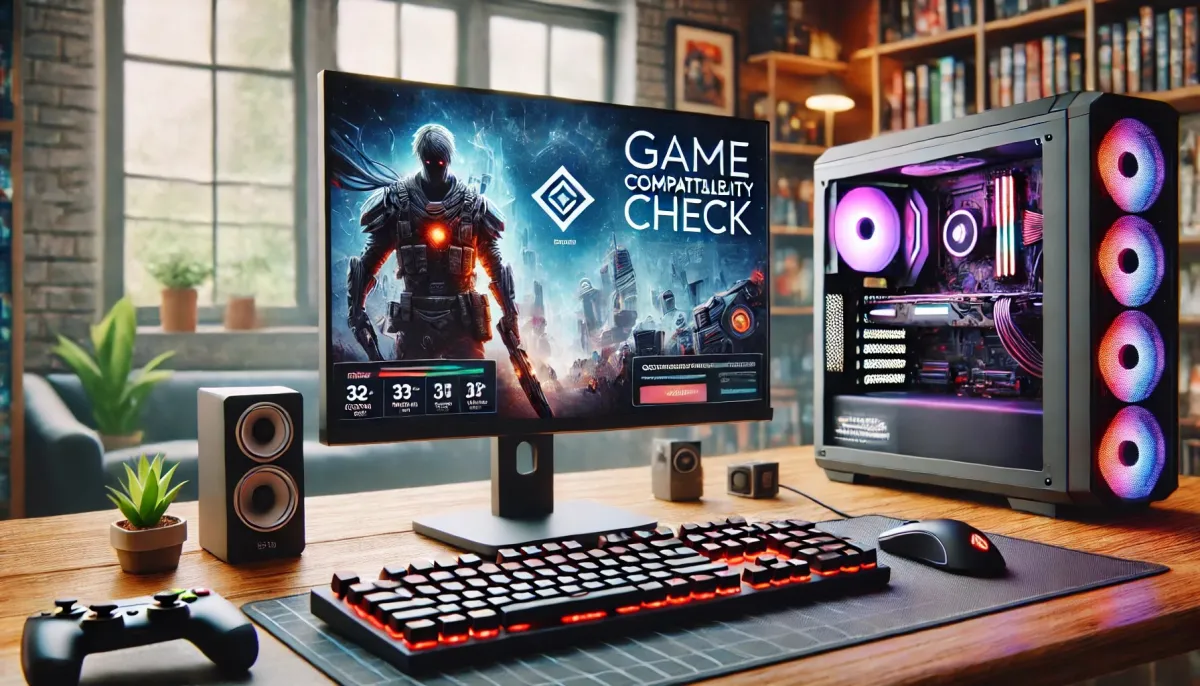When it comes to enjoying your favorite titles on your PC, compatibility is a key aspect to consider. There is nothing worse than buying a game, installing it, and finding out that your computer is unable to run it properly. To avoid these disappointments, it is essential to know how to check games for compatibility with your system. Fortunately, there are several online tools and resources that can help you determine whether your PC meets the minimum requirements needed to run a particular game.
First, it is important to know the specifications of your computer, such as the GPU (graphics card), CPU (processor), RAM, and operating system. This information is crucial to compare with the game’s minimum and recommended requirements. There are websites such as Can You RUN It and Game Debate that offer free services to automatically check your system’s compatibility with various games. Simply enter the name of the game and these tools will analyze your PC’s specifications to tell you if you are ready to play or if you need hardware upgrades.
In addition, many game developers provide detailed information about system requirements on the product pages of their games on platforms such as Steam, Epic Games Store, and GOG. Reading these requirements carefully can help you figure out if your PC is up to the challenge or if you may need to make some changes or upgrades.
Finally, participating in gaming forums and online communities can be extremely helpful. Other gamers can share their experiences with configurations similar to yours and offer practical advice on how to improve game performance on your PC. With a little research and preparation, you can make sure that any new title you purchase is perfectly compatible with your system, ensuring a smooth and enjoyable gaming experience.
How to know if a game will run on your PC
Figuring out if a game can run on your PC may seem complicated, but there are actually several tools and methods that can simplify the process. The first thing to do is to check the game’s minimum and recommended requirements. These requirements are usually listed on the back of the game’s packaging or on the product page in online stores. The minimum requirements tell you what hardware and software are needed to run the game, while the recommended requirements tell you what is needed for optimal performance.
Another effective method is to use specialized websites such as “Can You RUN It.” This site allows you to select the game title and automatically compare it to your PC’s specifications. All you have to do is download a small program that analyzes your hardware and provides an instant verdict on PC game compatibility. It is a quick and easy way to find out if your system meets the minimum games requirements or even exceeds the recommended ones.
If you prefer not to use online services, you can always do a manual verification. Open your computer’s specifications (you can find them in the system settings) and compare them with those required by the game. Pay particular attention to key components such as the CPU, RAM, and graphics card. Also, make sure you have enough hard disk space to install the game.
Finally, remember that keeping graphics card drivers and other hardware components up to date can make a big difference in game compatibility and performance. A well-maintained system is more likely to be able to handle even the latest titles without problems.
How to check the compatibility of an online game
Verifying the compatibility of an online game is easier than you might think. First, there are dedicated websites such as “Can You RUN It” that offer free PC game testing. Just enter the name of the game and the site will compare the games minimum requirements with your computer’s specifications, giving you a detailed compatibility report.
Another option is to check PC game requirements directly on the product page at online stores such as Steam or GOG. These sites always list the minimum and recommended requirements for each title, allowing you to manually compare them with your system’s specifications.
If you prefer a more hands-on approach, there is also software such as CPU-Z or GPU-Z that provides you with detailed information about your PC’s hardware. By comparing this data with the minimum requirements given by the game, you can get a clear idea of its compatibility.
Finally, don’t forget to regularly update your graphics card drivers and other hardware components. Outdated drivers can cause incompatibility even if the rest of your system meets the games minimum requirements.
By following these simple steps, you can ensure that your favorite titles run smoothly on your computer, avoiding annoying slowdowns or crashes during gaming sessions.

